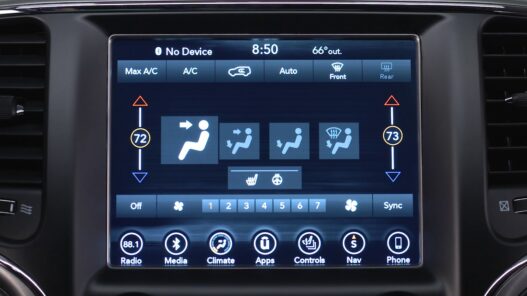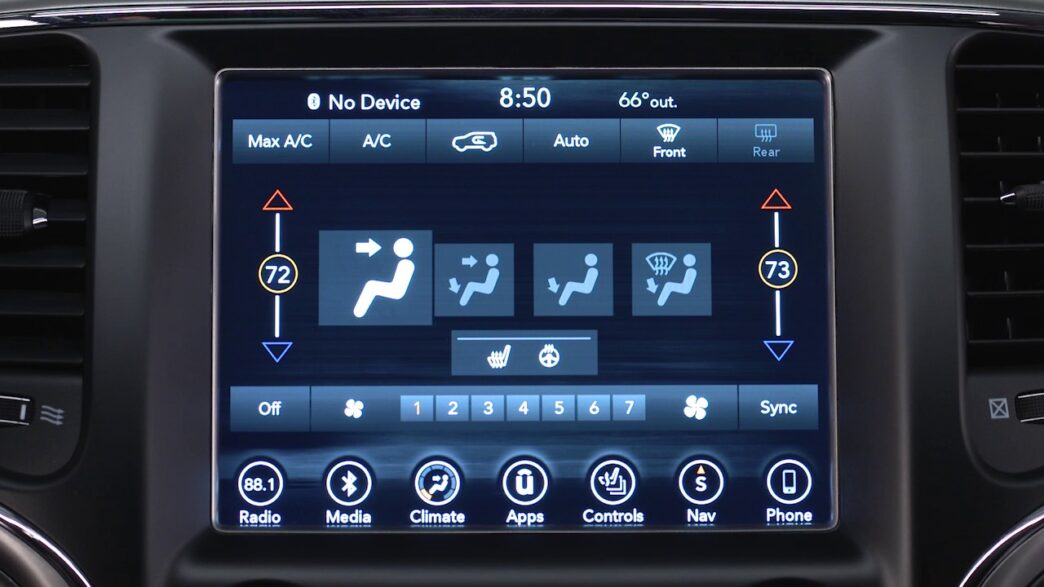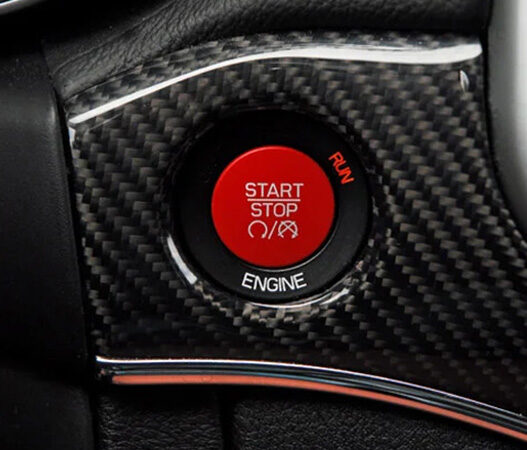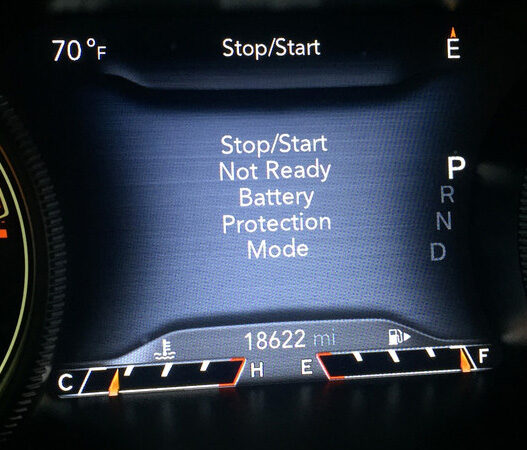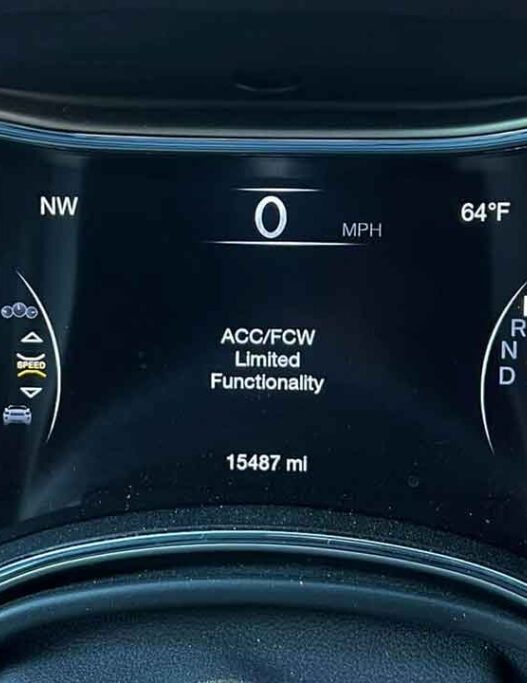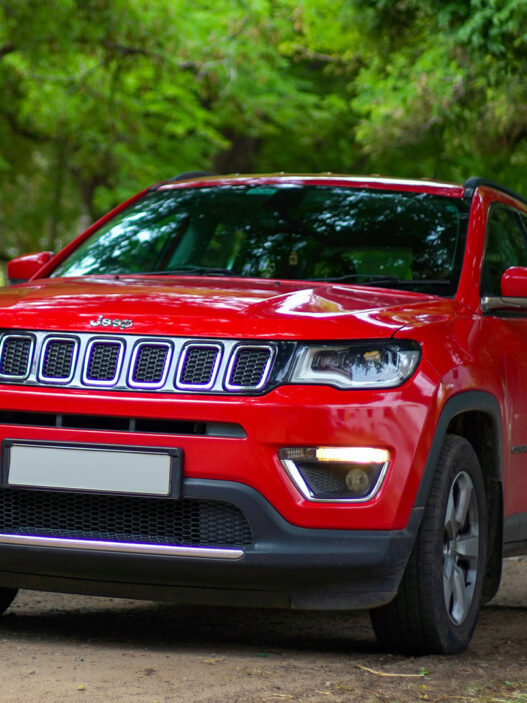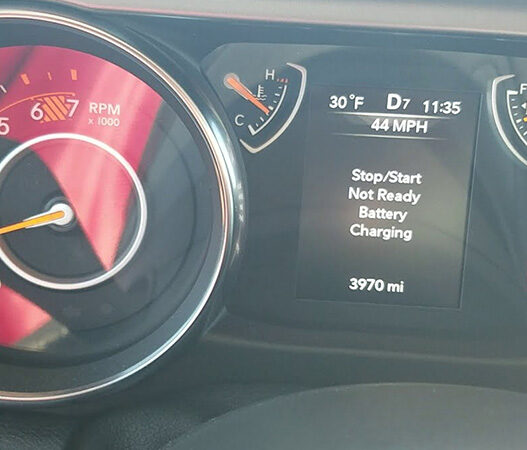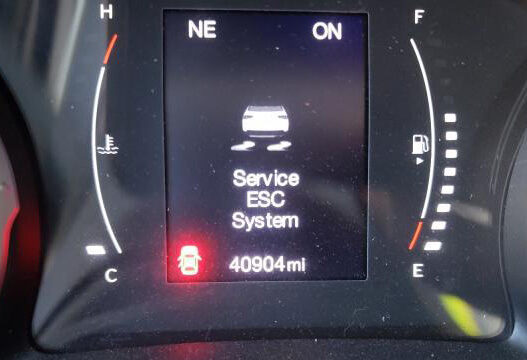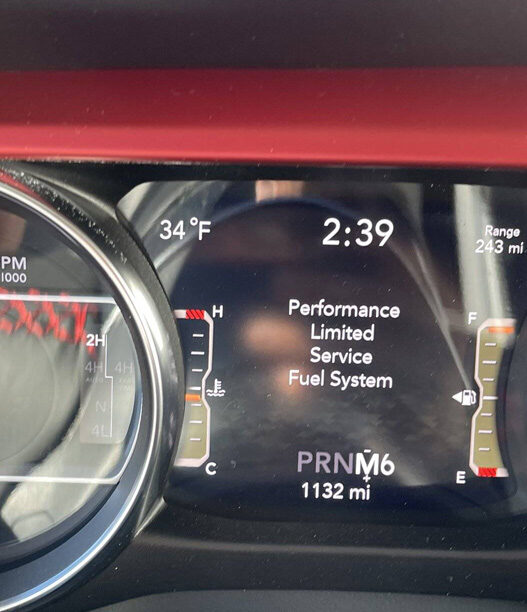Is your Jeep Grand Cherokee blowing tepid air or making noise from its vents regardless of the climate settings you select? Before reaching out to the repair shop, consider conducting a brief reset of the climate control system.
Malfunctioning sensors or servo motors that are stuck can frequently lead to issues with the synchronization of temperature, fan speed, and airflow direction within the vehicle cabin.
Completing a straightforward reset process without the need for any tools can reconfigure the climate control module to address electronic glitches. The resetting process readjusts parts and reinstates efficient cooling quickly. It restarts sensors, motors, and mechanisms to reinstate regular functioning.
This manual aims to assist in identifying the possible reasons for the mentioned problem and provides a detailed, easy-to-follow explanation for executing the Jeep Grand Cherokee climate control reset process flawlessly!
Jeep Grand Cherokee Climate Control Reset: When to Perform?
A climate control reset should be your first move after noticing any of the following issues:
1. Stuck Max AC Setting
If the AC is stuck on the maximum setting, performing a reset can help recalibrate the electrical controls and restore normal airflow and temperature adjustments within approximately 30 seconds.
2. When Set to Cold Blowing Hot Air
When the system blows hot air instead of cold air, it may indicate an incorrect temperature blend. A reset can realign the actuator door responsible for mixing hot engine air with cooled air, ensuring reliable temperature changes.
3. Vents Stuck on Single Flow Setting
In cases where the vents are stuck on a single flow setting, a reset can unlock the vent mode doors, allowing air to flow freely to different outlets such as dash vents, floor vents, and defrost vents.
4. Noisy
Noisy performance, often caused by debris accumulation on the blower motor fan blade or rattling vent doors, can be resolved by resetting the power to recalibrate the fan for smoother and quieter operation.
5. Temperatures
Temperature swings in the cabin, resulting from erratic sensor and actuator communication, can be rectified by performing a quick reset to restore consistent system operation.
Understanding Climate Control Elements
Having a fundamental understanding of the different parts of the climate system in your Jeep Grand Cherokee can be beneficial in grasping how a reset fix operates.
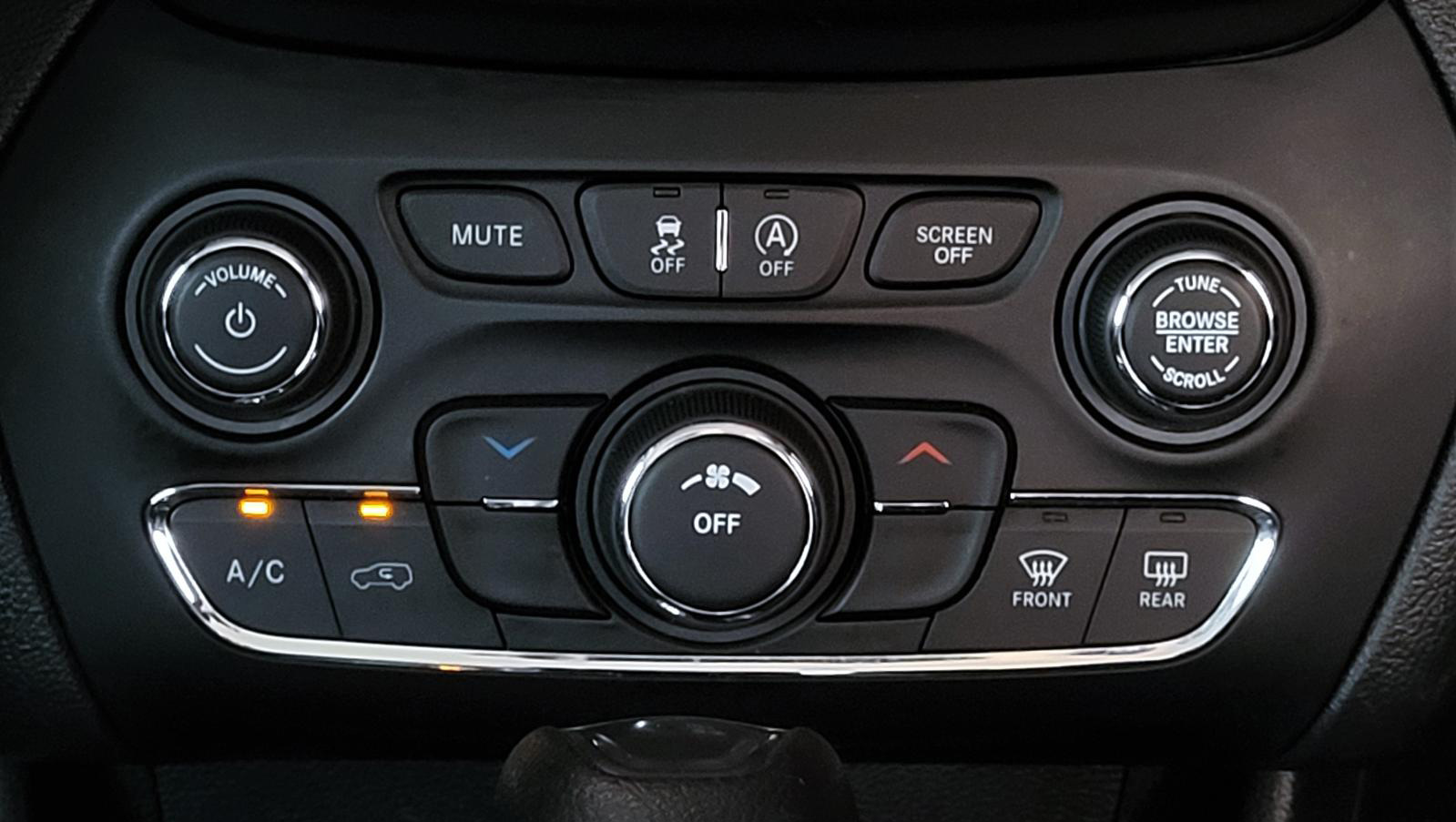
Although designs may differ from one model year to another, the essential components and electronic mechanisms generally stay consistent.
1. Command Interface
The control head unit located on your center console, consisting of buttons, knobs, switches, and a digital display, enables manual operation of the heating and cooling system as a whole.
The sensors within these controls transmit information to the central processing unit underneath.”
2. Blower Motor
The blower motor, which is powered by the vehicle’s electrical system, draws in outside air and pushes it through the ductwork of the climate system. The speed of the blower determines the strength of the airflow.
In cases where the rotor is jammed, it can be reset. If issues with the blower persist, it may be necessary to replace the resistor or the motor itself.
3. Mode Actuator Doors
These mechanical flaps control the direction of airflow to various vents such as the panel vents, floor vents, defrost vents, or a combination of these. Each flap is operated by individual servo motors that open and close based on input controls.
4. Temperature Blend Doors
The blend doors regulate the mixture of air from the heater core and evaporator to achieve the desired temperature inside the cabin. Servo motors adjust the blend based on signals from sensors.
If these doors get stuck, it can disrupt the balance between hot and cold air. Durable replacement blend door actuators are crucial for ensuring reliable performance.
5. HVAC Control Module
This central computer processes information from sensors, the head unit, and occupants to control the operation of motors, fans, compressors, and valves in the climate system. It functions as the brain of the HVAC system.
How the Reset Sequence Logic Works:
In the event of unusual AC and heating malfunctions, the cause is seldom a defective part in modern Grand Cherokees. More commonly, it is a software malfunction within the HVAC system that creates confusion.
By resetting the power, the computer is essentially restarted, eliminating any memory errors or mixed signals so that all components can communicate and synchronize correctly.
This is similar to resolving issues by restarting a smartphone. Following this, the HVAC system goes through a methodical verification process based on the engine’s status, ensuring that all elements initialize properly. Motors function, sensors provide precise temperature and humidity readings, and doors move smoothly to regulate airflow.
So, there is no need to worry about climate control issues in your Jeep. Simply refreshing the software that controls everything will restore stable AC and heating quickly, all without needing to lift the hood.
Resetting Your Jeep Grand Cherokee’s Climate Control: Step-by-Step Instructions
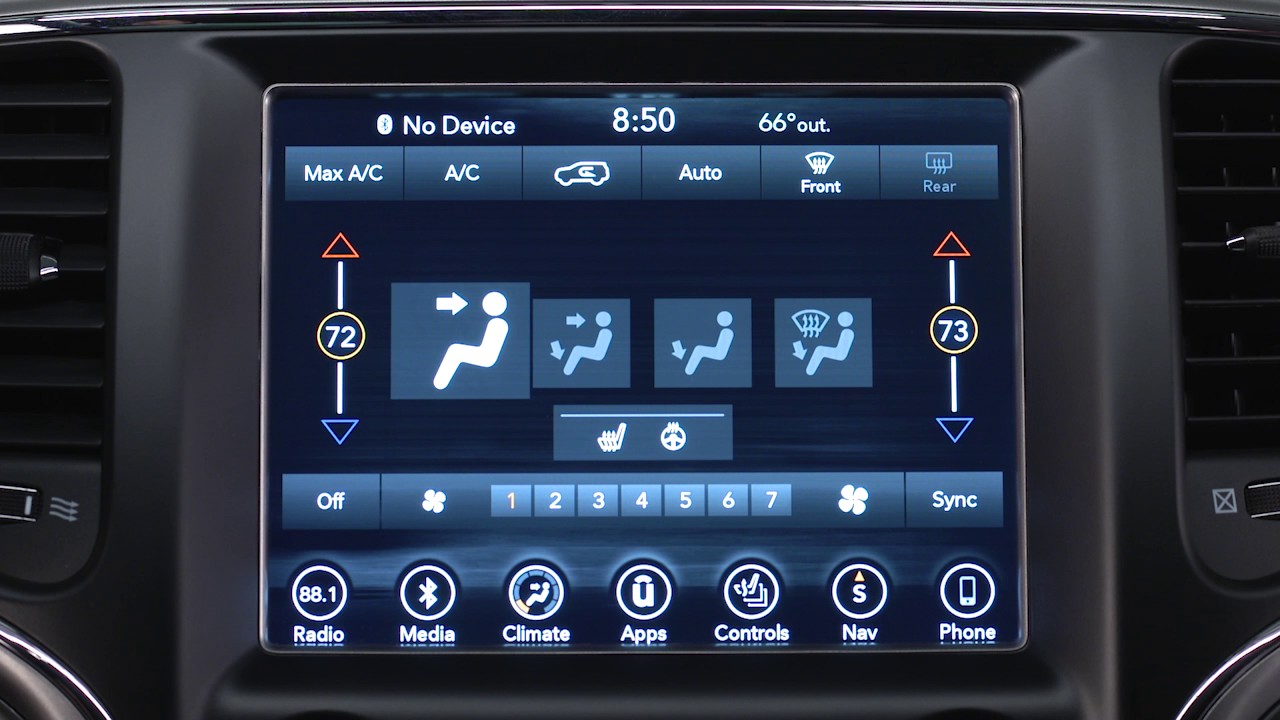
Understanding the reset process and its purpose makes performing the climate control reset quick and easy. Just follow these straightforward steps to potentially restore your AC to its optimal functioning within a minute.
Step 1: Key in Ignition
Begin by placing the key in the ignition without starting the engine. Make sure the AC power is on to proceed with the reset process.
Step 2. Close All Doors
Close all the vehicle’s doors to ensure the climate control system is isolated from external influences.
Step 3: Max Heat
Turn the temperature knobs for both the driver and passenger to the maximum heat setting. This action will prompt a diagnostic mode in the HVAC computer system.
Step 4: Blower Set to Highest
Adjust the blower fan speed to the highest setting. Although the blower motor will not activate, this step signals the computer to prepare for the reset.
Simultaneously press and hold the defrost button and the recirculation button. Hold them for about 5-10 seconds until you see the climate control display flash or reset.
Release the defrost and recirculation buttons once you see the display flash. Wait for the system to complete the reset process, which might take a minute or two.
Step 7: Restart the Engine and Test the System
Start the vehicle to commence a new ignition cycle. Even though the engine was not started during the reset process, turning the key will trigger a reboot. Allow the vehicle to idle for 30 seconds to re-establish communication between the computer and climate control components. Switch on the AC and confirm that cold air is flowing at a moderate fan speed. Adjust temperature and mode settings to ensure everything is functioning correctly.
In most cases, performing this quick module reset will resolve any issues with the climate control system. This entire procedure can be completed in less than a minute. If problems persist, consider seeking assistance from a repair shop. However, enjoy the benefit of cold air conditioning for free if the simple reset resolves any climate-related issues.
When to Visit the Repair Shop?
While a quick climate control reset often works, it’s not a guaranteed fix.
If you’ve completed the relearning procedure and problems persist, further diagnosis may be necessary to identify the actual mechanical or electrical fault.
Here are some symptoms indicating more serious issues that a basic reset won’t resolve:
- No Airflow At All
If the blower fails to send any air (hot or cold) through the vents, this suggests an electrical short or motor seizure that requires hands-on troubleshooting. Power isn’t reaching the fan.
- Stuck Door Movement
Doors that continue to jam or stick after a reset need physical inspection and adjustment. Broken gear teeth or faulty electrical actuators could be the cause.
- Visible Coolant Leaks
Green coolant dripping underneath the vehicle may indicate leaks in heater core tubes or gaskets. This allows hot refrigerant to escape, reducing cooling capacity.
- Major Temperature Imbalance
Significant temperature differences between the driver and passenger sides, even after a reset, indicate airflow blockages in the ducting. Technicians can perform a smoke test to check the sealed system.
If you notice these issues, don’t waste time troubleshooting on your own. Have your Jeep Grand Cherokee checked by a trusted dealership or A/C repair shop to restore a comfortable cabin climate year-round.
Final Words
When the climate controls in your Jeep Grand Cherokee start behaving erratically, don’t panic. Instead of rushing to pay for costly repairs, try a simple and cost-free climate control reset. Use this Jeep Grand Cherokee Climate Control Reset process.
By recalibrating the HVAC module, you can often fix electrical issues that disrupt heating, cooling, and airflow. This process involves adjusting settings for 30 seconds while the car is parked to trigger a reboot sequence, potentially resolving the problem in minutes.
If the issues persist, further investigation into faulty actuators, sensors, or air handlers may be necessary.
Prioritize attempting the straightforward Jeep Grand Cherokee climate control reset outlined here, as it could save you money and discomfort in the long run.







